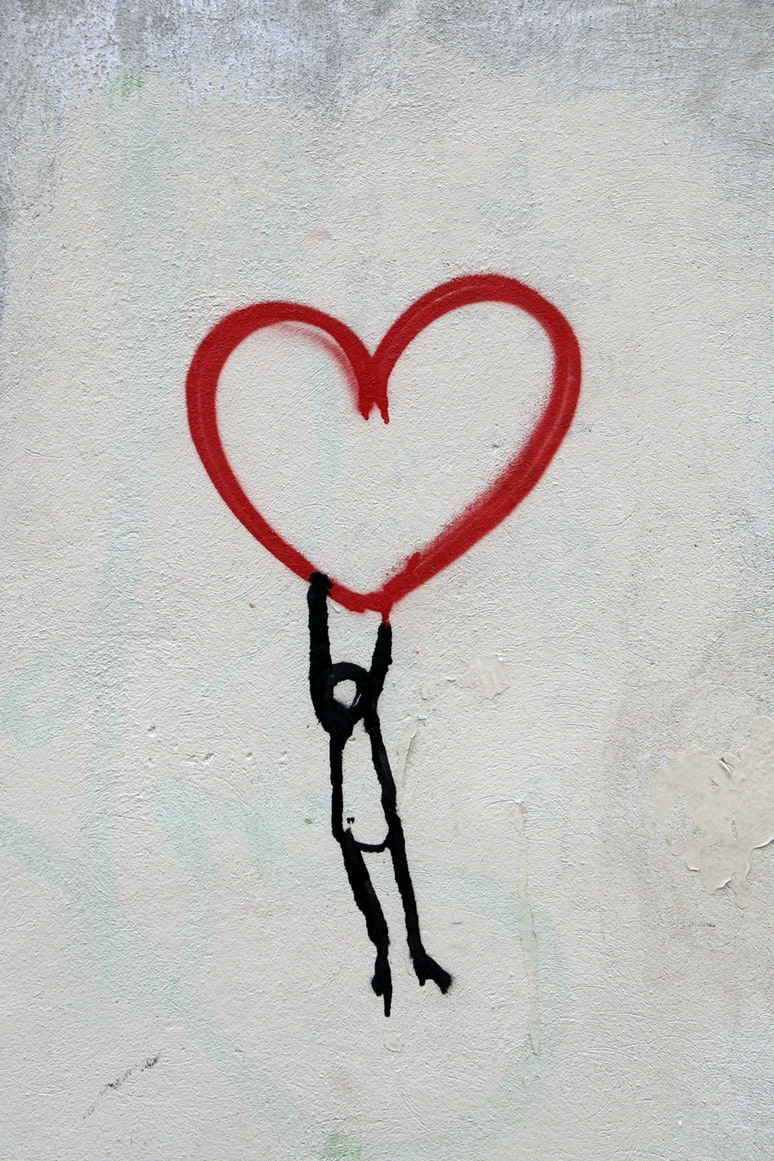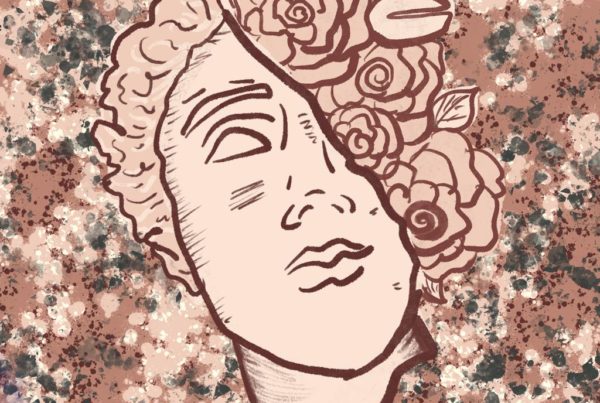

‘We choose romantic partners who are similar to our parents.’
According to psychologist John Gottman, the attraction to and selection of a partner could be either hormonal or the result of imprinting. Imprinting suggests that we can become conditioned to being attracted to a distinct personality type at the latest when we’re 18 months old. It is supposed to be the result of several factors but most importantly: how we received love (or the lack thereof), intimacy, as well as security from parents or direct caregivers.
Based on theories by Bartholomew and Horowitz (1991), imprinting may also influence our relationship attachment tendencies. When differentiating between attachment styles, the four most widely known and accepted types are the secure, the anxious-preoccupied, the dismissive-avoidant and the fearful-avoidant type.
The secure attachment style is often associated with ‘stable love’ and the capability of sending and receiving healthy expressions of intimacy or of having healthy, appropriate, and reasonable boundaries. This attachment style is also characterized by the feeling of being secure when alone as well as with a companion and a positive perception of relationships and personal interactions.
The anxious-preoccupied style is also called ‘unstable love’ and is often defined by feelings of nervousness and insecurity about relationships as well as disliking being without company. People who exhibit this attachment style tend to hold many stressors in relationships, such as possessiveness, jealousy, or mood swings. They also require constant reassurances of love and validation to feel secure and accepted and often have a history of emotionally troubling relationships.
The third attachment style, the dismissive-avoidant style (also called ‘distant love’) is associated with highly self-directed, self-sufficient, and independent behaviour as well as the avoidance of true intimacy. Intimacy would require vulnerability and often emotional obligations, and people who display this attachment style do not desire these qualities. However, they do desire freedom physically and emotionally and most times other priorities supersede their interpersonal relationships. It is not surprising that this attachment style is associated with a heightened fear of commitment.
The last attachment style is fearful-avoidant (or ‘fearful love’) and is associated with highly challenging life experiences (such as abandonment or abuse). In this style there is a lot of inner conflict present, resulting in a struggle having confidence in, and relying on others. Another criterion is fear of physical and emotional annihilation in loving and intimate situations and like the anxious-preoccupied style, people who internalized this attachment style are inclined to feel more nervous and less secure about relationships. There is also a similarity to the dismissive-avoidant style as the probability of commitment issues is heightened.
Most people do not just display one of these styles but have various degrees of the four attachment styles, which also evolve over their lives. But we may internalize the dominant form of parental attachment style when we are very young, and this conditioning could become a kind of ‘blueprint’ for attraction and selection of partners and friends in our later lives. It is, however, also possible that negative and challenging attachment from childhood can be transformed into a desire to attract and enable healthier relationships. To overcome the patterns of unhealthier attachment styles it is important to practice self-awareness and open communication as well as accept the possibility of the need for professional help to learn about one’s maladaptive thoughts and appraisals, and how to deal with those to lead healthier relationships.
Photo by Nick Fewings .

Photo by Nick Fewings
‘We choose romantic partners who are similar to our parents.’
According to psychologist John Gottman, the attraction to and selection of a partner could be either hormonal or the result of imprinting. Imprinting suggests that we can become conditioned to being attracted to a distinct personality type at the latest when we’re 18 months old. It is supposed to be the result of several factors but most importantly: how we received love (or the lack thereof), intimacy, as well as security from parents or direct caregivers.
Based on theories by Bartholomew and Horowitz (1991), imprinting may also influence our relationship attachment tendencies. When differentiating between attachment styles, the four most widely known and accepted types are the secure, the anxious-preoccupied, the dismissive-avoidant and the fearful-avoidant type.
The secure attachment style is often associated with ‘stable love’ and the capability of sending and receiving healthy expressions of intimacy or of having healthy, appropriate, and reasonable boundaries. This attachment style is also characterized by the feeling of being secure when alone as well as with a companion and a positive perception of relationships and personal interactions.
The anxious-preoccupied style is also called ‘unstable love’ and is often defined by feelings of nervousness and insecurity about relationships as well as disliking being without company. People who exhibit this attachment style tend to hold many stressors in relationships, such as possessiveness, jealousy, or mood swings. They also require constant reassurances of love and validation to feel secure and accepted and often have a history of emotionally troubling relationships.
The third attachment style, the dismissive-avoidant style (also called ‘distant love’) is associated with highly self-directed, self-sufficient, and independent behaviour as well as the avoidance of true intimacy. Intimacy would require vulnerability and often emotional obligations, and people who display this attachment style do not desire these qualities. However, they do desire freedom physically and emotionally and most times other priorities supersede their interpersonal relationships. It is not surprising that this attachment style is associated with a heightened fear of commitment.
The last attachment style is fearful-avoidant (or ‘fearful love’) and is associated with highly challenging life experiences (such as abandonment or abuse). In this style there is a lot of inner conflict present, resulting in a struggle having confidence in, and relying on others. Another criterion is fear of physical and emotional annihilation in loving and intimate situations and like the anxious-preoccupied style, people who internalized this attachment style are inclined to feel more nervous and less secure about relationships. There is also a similarity to the dismissive-avoidant style as the probability of commitment issues is heightened.
Most people do not just display one of these styles but have various degrees of the four attachment styles, which also evolve over their lives. But we may internalize the dominant form of parental attachment style when we are very young, and this conditioning could become a kind of ‘blueprint’ for attraction and selection of partners and friends in our later lives. It is, however, also possible that negative and challenging attachment from childhood can be transformed into a desire to attract and enable healthier relationships. To overcome the patterns of unhealthier attachment styles it is important to practice self-awareness and open communication as well as accept the possibility of the need for professional help to learn about one’s maladaptive thoughts and appraisals, and how to deal with those to lead healthier relationships.



